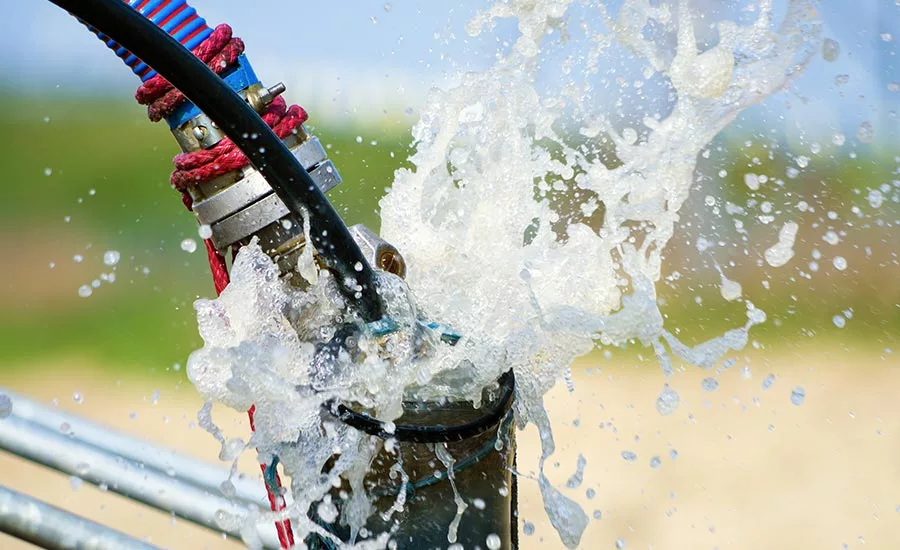Water Well Innovations: Meet Customer Quality, Flow Needs
As Always, Well Users Want Safety, Reliability and Durability

Source: Getty Images
Let’s talk about well construction for a moment. Ultimately, both the contractor and customer want a water well with a long service life. What does that take?
- Proper water well siting: States and localities, of course, may have siting requirements. For example, requiring a certain proximity from a septic field. A contractor’s judgment here is crucial. Considering several sites? Imagine what each might look like in 10, 20 or 30 years. Is the site still viable and serviceable?
- The right water well materials and construction: Materials have a big impact on lifespan. Depending on geology or local water, you may choose corrosion-resistant, non-reactive PVC. Other projects may call for steel casing or even Fiberglas. Beyond casing, contractors need to think of the quality of other materials and components: screen, pump, controls, sensors, even sand and gravel. Make sure each serves the goal of a long service life for the well.
- Regular inspection and maintenance: This helps end users ensure the safety of their water supply and to catch any potential issues before they become serious.
- Measured use: Over-pumping can cut a well’s lifespan.
Now that we have the basics laid out, we can add enhancements to well safety or capability. Let’s say your well’s end-user is a hospital, brewery or one of the hundreds of cannabis grow warehouses dotting some states. Some customers have exacting standards for:
- pH
- Bacteria, viruses and other pathogens
- Dissolved minerals like calcium and magnesium
- Turbidity
- Temperature
Sensors available today can help well users monitor water qualities like these in real-time (often with a mobile app). Treatment solutions like filtration, chlorination, ozonation or reverse osmosis can kick in to adjust water to customer needs.
Then, we have water well innovations like:
- Solar pumps, which can ensure power to a well in remote or off-grid conditions, or as complementary power for critical wells.
- Smart meters, which can optimize flow, identify areas where water is wasted and otherwise help well owners manage water resources.
- Improved wellhead protection, which can better prevent contamination from the surface.
When people talk about water well innovations, these types of products lead the discussion. What improves the safety of a water well? What improves the reliability, capabilities or climate resilience of a water well? Contractors need to be prepared to answer these questions for their clients.
Well innovations depend on the basics: siting, materials, development and maintenance. Then, today’s customers can choose to upgrade or add to meet their specific needs. You may have customers who value clean laundry above all else. Other end-users may need exactly 6.4 pH, low dissolved minerals and the ability to get text alerts when water falls outside of those parameters.
Good contractors, of course, can develop water plans to meet the needs of all types of customers. A water well may serve a remote, lakeside home or a multi-million-dollar crop or a small city. Each user’s needs are different. It’s up to contractors to assess customer needs, apply best practices in well construction, and suggest water well innovations that can help accomplish their water goals.Looking for a reprint of this article?
From high-res PDFs to custom plaques, order your copy today!



